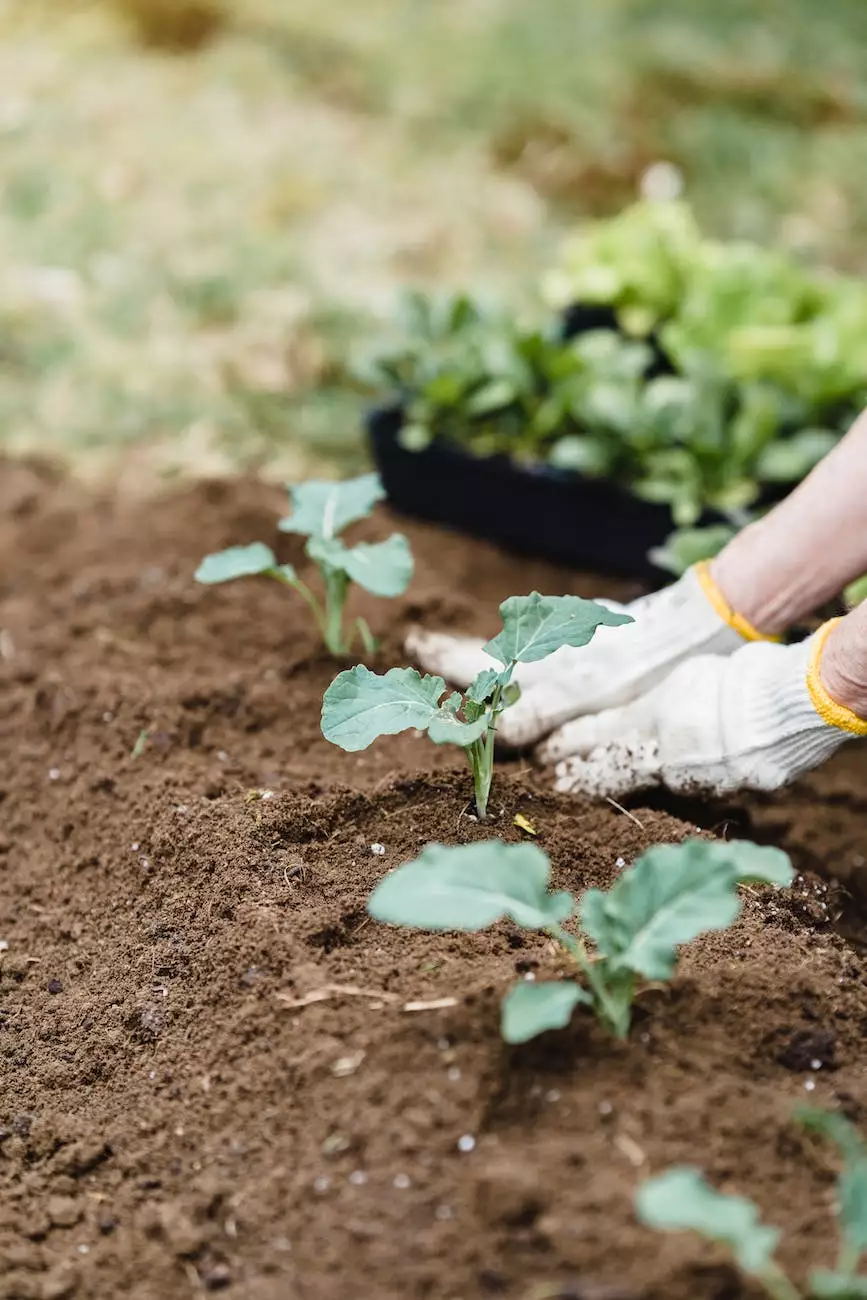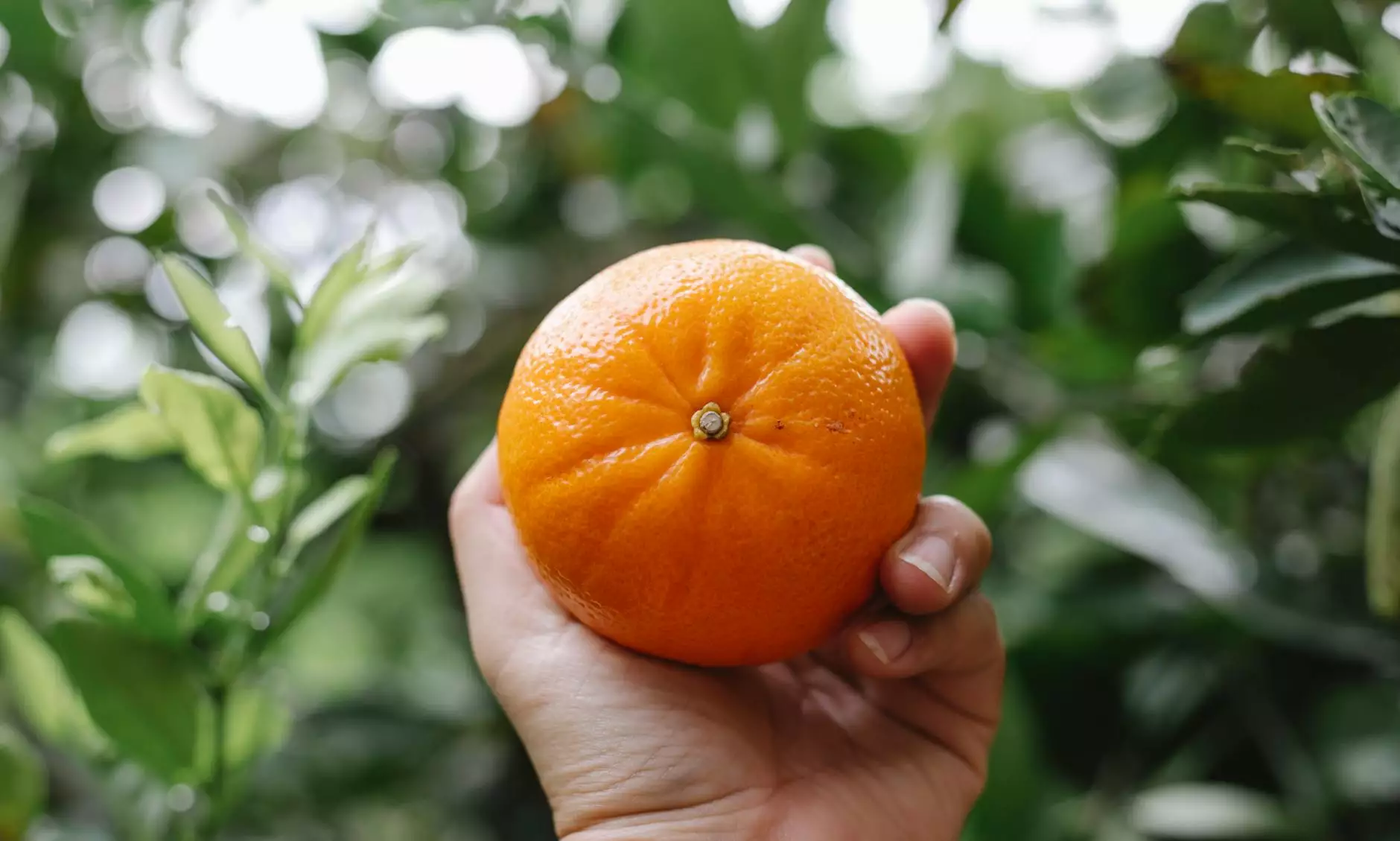Wet Trim vs. Dry Trim: Which is better?
Blog
A Comprehensive Guide to Cannabis Harvesting Techniques
Welcome to Grow Your Own, your trusted resource for all things cannabis cultivation. In this article, we will dive deep into the debate of wet trim vs. dry trim when it comes to harvesting your precious marijuana plants. Whether you're a seasoned grower or just starting out, understanding the differences between these two methods is crucial for achieving the best possible results.
Understanding Wet Trim
Wet trim refers to the practice of trimming the excess leaves and trimmings from freshly harvested cannabis plants immediately after they have been cut down. This method involves removing the large fan leaves and any other unwanted plant material before drying and curing the buds.
There are several benefits to wet trimming. First and foremost, it allows for easier handling of the plants as the excess foliage is removed. This makes the drying process more efficient and prevents mold or mildew from developing on the wet leaves. Wet trimming also results in a cleaner appearance, as the buds look more manicured and ready for consumption right off the bat.
However, wet trimming can also have its downsides. As the excess leaves are removed, some argue that it exposes the delicate trichomes on the buds to light and air, potentially leading to degradation of THC and other valuable cannabinoids. Additionally, wet trimming requires immediate access to trimming equipment and a dedicated space to perform the task, which may not be feasible for all growers.
The Advantages of Dry Trim
Dry trim, on the other hand, involves allowing the harvested plants to dry before trimming off the excess leaves and trimmings. This method is often preferred by those who value preserving the integrity of the trichomes and maximizing the potency of their buds.
One of the main advantages of dry trim is the ability to slow down the drying process, allowing for a more controlled and gradual removal of moisture from the buds. This slow drying prevents the flowers from drying out too quickly, which can result in a harsher smoke and less desirable flavors. Dry trimming also provides an opportunity to preserve the aesthetic appeal of the buds, as they tend to shrink less during the drying process.
However, it's important to note that dry trimming can be a more time-consuming and delicate process. The buds become fragile and brittle when they are dry, making it crucial to handle them with care during trimming to avoid excessive trichome loss. Dry trim also requires a well-ventilated drying space with appropriate temperature and humidity controls to ensure optimal drying conditions.
Which Method is Better?
The question of whether wet trim or dry trim is better ultimately comes down to personal preference and specific cultivation goals. Some growers swear by wet trimming for its convenience and clean appearance, while others argue that dry trimming preserves the potency and overall quality of the buds.
When choosing between the two methods, it's important to consider factors such as the strain being grown, the amount of available space and resources, and individual experience and expertise. Conducting small-scale experiments and comparing the results can help determine the ideal trimming method for your unique needs.
Tips for Successful Trimming
No matter which method you choose, following these essential tips can help ensure a successful trimming process:
- Use clean and sharp trimming tools to minimize damage to the buds.
- Work in a clean and organized space to avoid contamination.
- Handle the buds gently to prevent trichome loss.
- Take your time and be patient during the trimming process.
- Properly dry and cure the trimmed buds to enhance flavor and potency.
Conclusion
In conclusion, whether you opt for wet trim or dry trim, both methods have their pros and cons. It's important to experiment and find the technique that works best for your specific needs and preferences. At Grow Your Own, we strive to provide you with the knowledge and resources to make informed decisions about your cannabis cultivation practices. Happy trimming!




